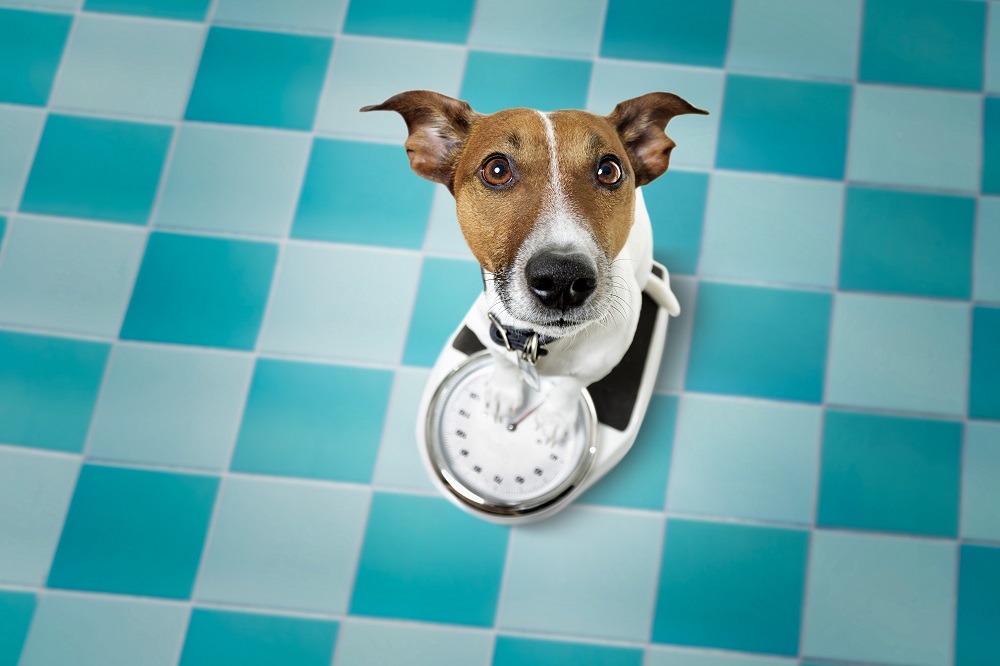
As you make your new year's resolutions, don’t forget to include your furry friend. Since many resolutions focus on maintaining a healthy lifestyle, this is a good opportunity to evaluate your pet’s body condition and decide whether diet and activity changes are in order. Over half of pet dogs and cats are overweight or obese, and recent studies show that overweight pets live significantly shorter lives than healthy pets. Is your pet included in the unhealthy majority? Make this year the one you commit to your pet’s health by choosing—and helping her stick to—a healthy lifestyle.
A healthy body condition is individual for each pet. At ideal body condition, your pet should have:
To determine whether your pet is overweight, take an honest look at her body and determine if she fits this description. You can also use canine and feline body condition score (BCS) charts to help you objectively determine where she falls on a standardized scale.
Your family veterinarian is a good resource to help you assess your pet’s body condition. Ask her to share her honest opinion about your pet’s weight, and how much she needs to lose to reach an ideal body condition. You can also partner with a veterinary nutritionist for help evaluating your pet’s body condition. Red Bank Veterinary Hospitals’ clinical nutrition department has a Board Certified Veterinary Nutritionist®, Dr. Martha Cline, on staff.
Overfeeding is an obvious cause of weight gain, yet many pet owners fail to limit their pet’s food to a healthy amount. Follow these tips to feed your pet for a healthy weight:
Never severely limit your pet’s calorie intake or attempt to put her on a diet without consulting your veterinarian. Weight loss should be slow and gradual, and is best accomplished by making healthy lifestyle changes. Rapid weight loss is not healthy for your pet and can cause severe health problems.

Diet is only half the battle—maintaining a healthy weight also requires regular activity. Make your pet your accountability partner, and plan exercise activities you can do together. Your pet may not be overweight, but increased activity will stimulate her mind, prevent boredom, and improve her overall health, as well as yours.
If your pet is not used to exercising, start with a short, daily walk to stimulate her muscles. As she acclimates to increased activity, increase your walking distance weekly, and work up to longer stretches. When the weather improves, add outdoor activities, such as exploring nearby parks, hiking, or camping. Once your pet becomes accustomed to regular exercise, she’ll be your best-ever accountability partner, because she won’t want to miss the fun.
If cold weather keeps you indoors, your pet shouldn’t skip her daily exercise. Indoor activities that can keep your pet active include:
If you have questions about your pet’s weight, consult your family veterinarian or contact our clinical nutrition department about healthy feeding and activity choices for the new year.